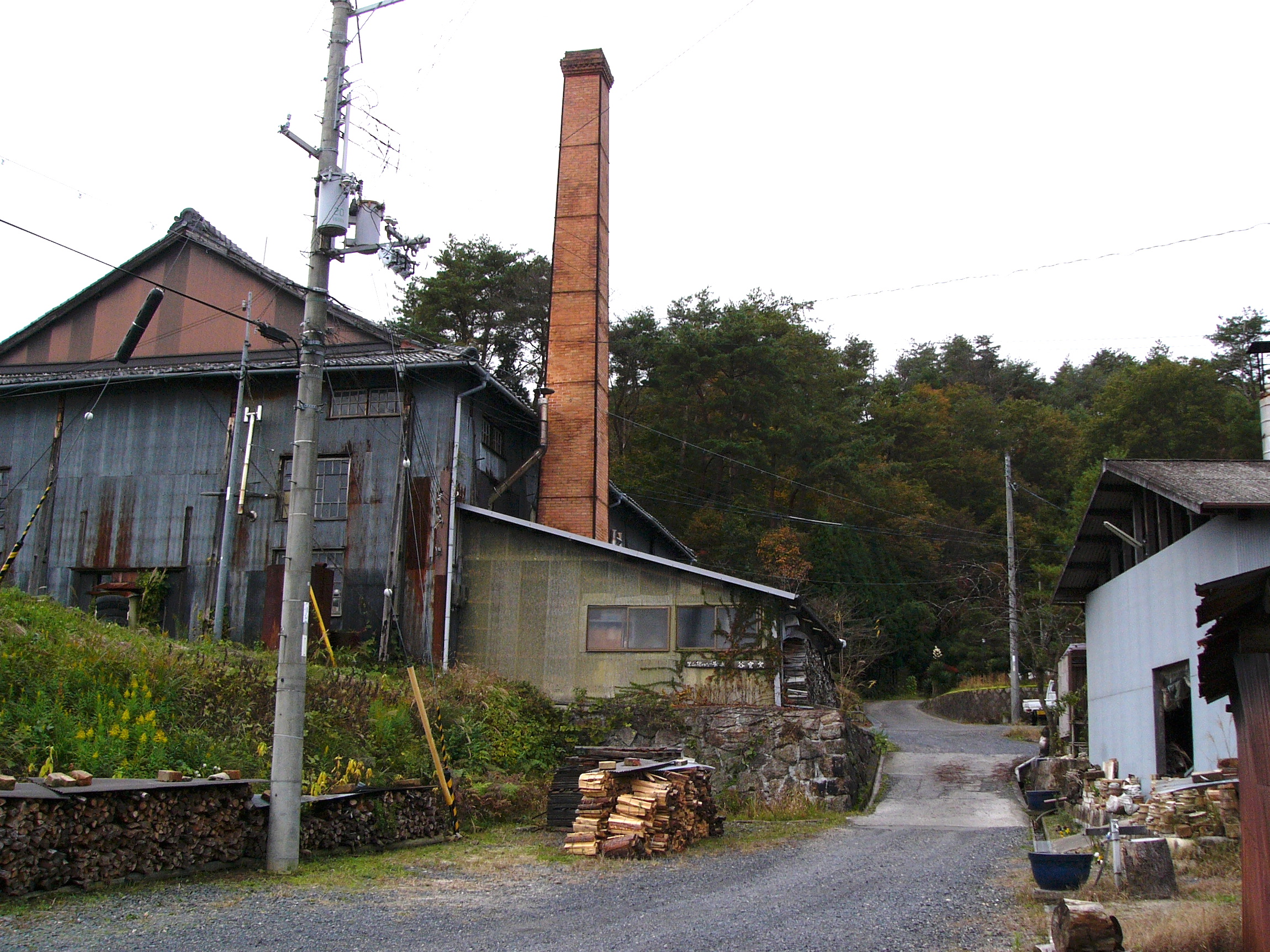
Hitomi Shibata, a ceramic artist and author of the book Wild Clay, shares a personal essay about her time living, working, and making art in Shigaraki. This essay is part of our three-part feature on the cultural heritage site Shigaraki, aiming to provide the most robust coverage of this historically rich and significant region. Read the first feature - Get to Know Shigaraki written by Michio Sugiyama, which provides insights into the historical, cultural, and traditional aspects of Shigaraki. Stay tuned for the last essay written by Shigaraki-based ceramic artist En Iwamura which will be published later this month. Subscribe to MoCA/NY and follow us on social media to keep up-to-date on upcoming features and interviews!
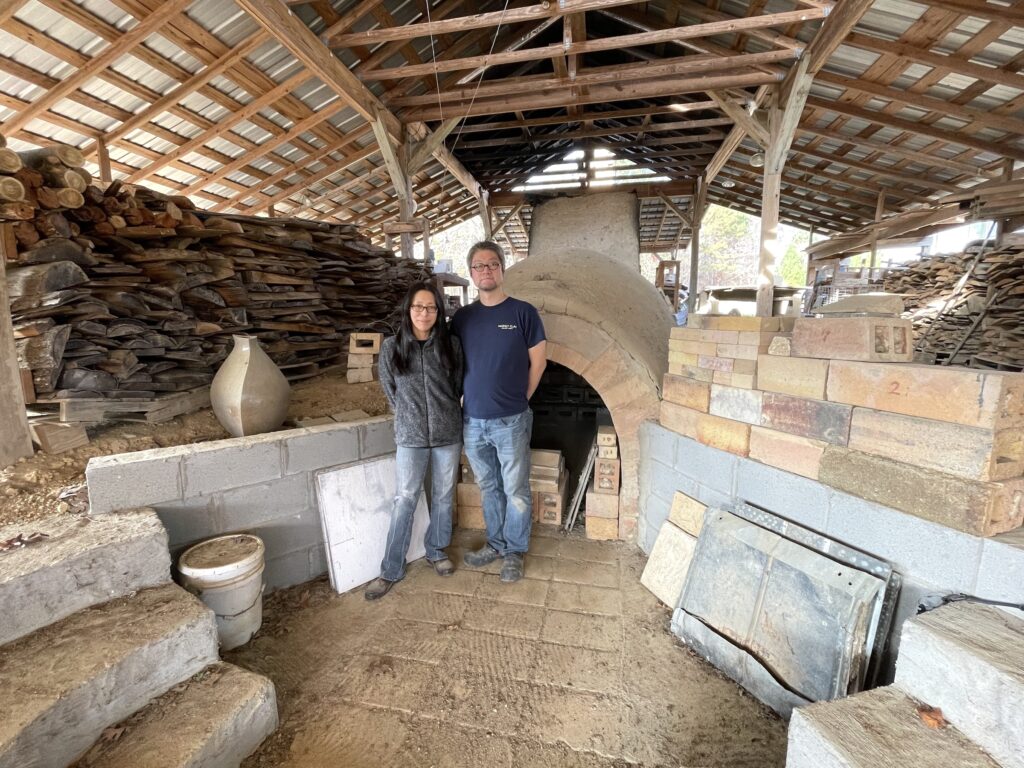
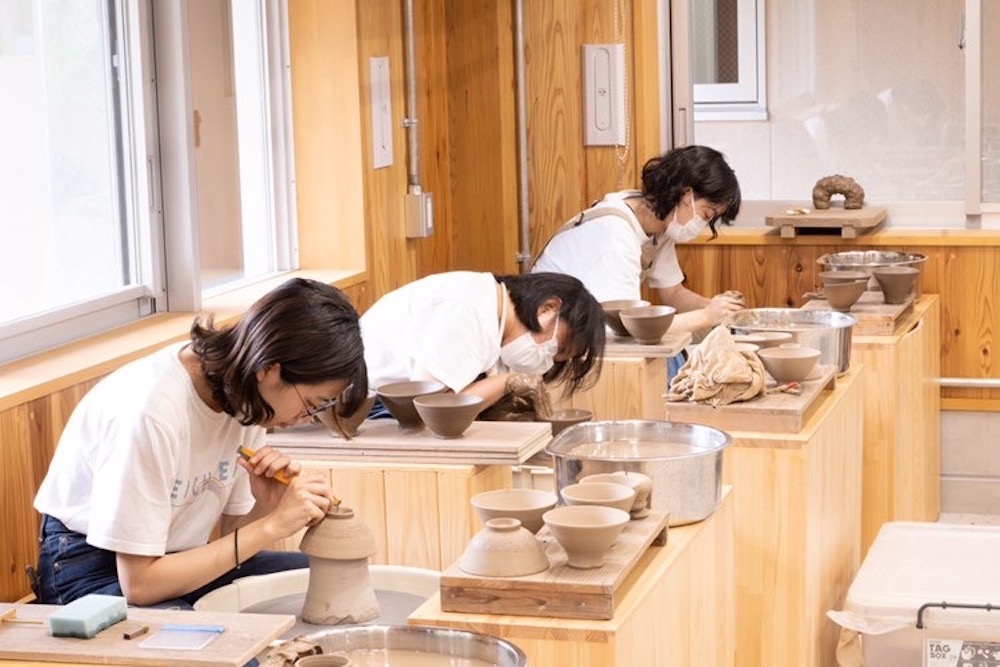
I first became involved with ceramics in 1990 as a craft education major at Okayama University in Japan. I found ceramics to be the most challenging medium, so I worked diligently to become proficient. In 1996, after earning a master's degree in art education with a concentration in ceramics, I became an artist-in-residence at the Shigaraki Ceramic Cultural Park, which is the most prestigious international ceramic art center in Japan.
Shigaraki, a small town steeped in a thousand-year legacy of pottery, was one of the few places in Japan where young potters who were not from pottery families could learn how to make a living, and this experience led me to pursue a career as a professional potter.
During my time in Shigaraki, I held a variety of positions, from employee at a local pottery studio to sales representative at retail and wholesale pottery galleries, but my most educational and useful job experience was as a research assistant at the Ceramic Research Institute.
My thirst for knowledge and practical experience was insatiable, but as a young female potter, I faced numerous challenges. It was during this period that I met Takuro Shibata, who would become my lifelong partner and teammate.
Takuro had earned a degree in applied chemistry at Doshisha University in Kyoto and had been working as an engineer in his hometown of Osaka. However, in 1997, he seized an opportunity to become an apprentice at Tanikan Gama, one of Shigaraki's oldest pottery studios.
His apprenticeship not only allowed him to hone his craft but also facilitated interactions with numerous other potters and ceramics businesses in this historic pottery town.
Together, we leased a modest studio space in Shigaraki's historic kiln site area and embarked on our journey as independent potters. While we sold our pottery in galleries, we also juggled various other jobs. At times, we engaged in mass production for the commercial market, although it wasn't our preferred path, it was a necessary step to make a living. Our true passion lay in the Shigaraki style of wood firing, and we took advantage of every opportunity to participate in wood firings and refine our craft. Despite being young and strapped for resources, we poured our hearts into chasing our dreams.

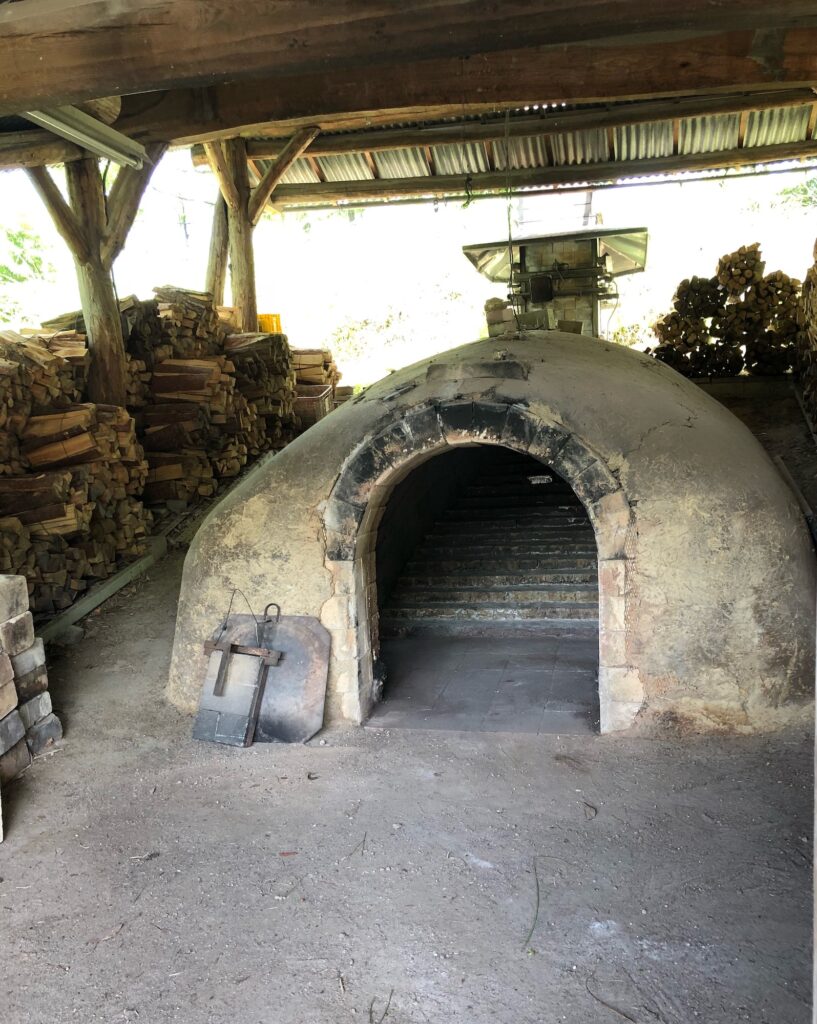
Shigaraki has a flourishing ceramic industry, supported by a diverse range of auxiliary businesses. These encompass local clay companies, clay cooperatives, tool manufacturers, kiln builders, glaze producers, machine workshops, box makers, freelance wheel throwers, wholesale enterprises, and a multitude of shops and galleries.
Additionally, the town hosts several educational ceramic art organizations such as the Shigaraki Ceramic Research Institute and the Shigaraki Ceramic Cultural Park. These institutions offer programs for ceramic material research, pottery training, and cultural exchange, regularly hosting lectures, workshops, and events that foster connections between professional ceramic artists and potters from local, national, and international communities. This exposure inspired us to seek opportunities abroad as we aimed to further our careers in ceramics.



Today, Shigaraki is a unique pottery village that blends the old and the new, tradition and innovation, and toughness and kindness. While it was not our permanent home, it was a place where we honed our skills, deepened our understanding of materials, and expanded our knowledge. It is a powerful and special place that attracts people from all over the world. Now, there are many new businesses, shared studios, and interesting events taking place in Shigaraki. They are seeds for a new era and a hope for the future of the ceramic field.


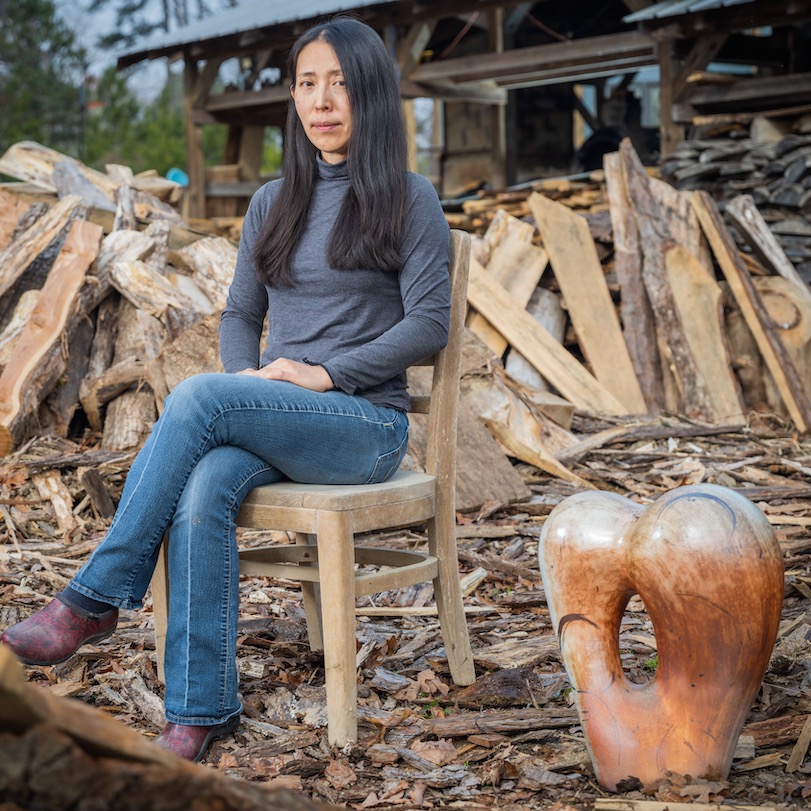
Hitomi Shibata is a Japanese ceramic artist based in Seagrove, North Carolina. She holds a Bachelor of Education in Art and Craft, and a Master of Education in Fine Art, Ceramics from Okayama University in Japan. In 2001-2002, she received a Rotary Foundation Scholarship to study at the University of Massachusetts-Dartmouth. She has been a member of the International Academy of Ceramics since 2017, and is a co-author of Wild Clay, published by Bloomsbury Publishing, London, UK in 2022.
Instagram: @studiotouya @hitomishibataceramics